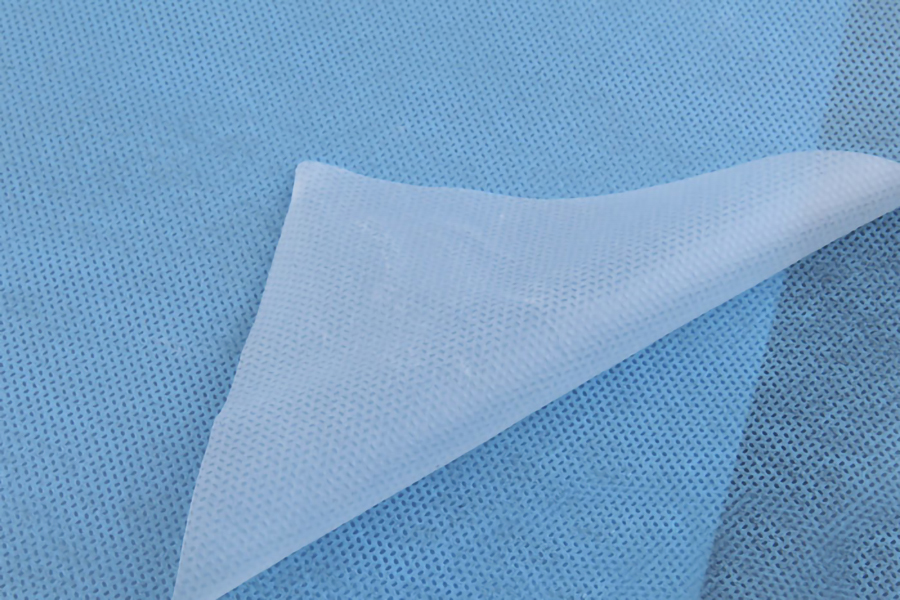Spunbonded nonwoven fabric is known for its scalability and cost-effectiveness, making it a popular choice in various industries. Here are factors that contribute to the scalability and cost-effectiveness of spunbonded nonwoven fabric:
Continuous Manufacturing Process:
The production of spunbonded nonwoven fabric involves a continuous manufacturing process. The extrusion of polymer, filament formation, web creation, and bonding occur in a continuous manner. This process allows for high-speed production and efficient use of resources.
High Production Speed:
Spunbonded fabric manufacturing processes can operate at high speeds, producing large quantities of fabric in a relatively short amount of time. This high production speed contributes to scalability and the ability to meet large-scale demand.
Low Raw Material Cost:
Spunbonded nonwoven fabric is often produced from relatively low-cost raw materials, such as polypropylene or polyester. These thermoplastic polymers are abundant and cost-effective compared to some other textile materials.
Minimal Processing Steps:
The manufacturing process of spunbonded nonwoven fabric involves fewer processing steps compared to traditional woven or knitted fabrics. Fewer processing steps generally mean lower production costs.
Energy Efficiency:
The process of producing spunbonded nonwoven fabric is energy-efficient, particularly when compared to processes like weaving or knitting. The continuous nature of the manufacturing process contributes to overall energy efficiency.
Reduced Labor Requirements:
Automated equipment is often employed in the production of spunbonded nonwoven fabric, reducing the need for extensive manual labor. This automation contributes to lower labor costs.
Versatility and Customization:
Spunbonded nonwoven fabric is versatile and can be customized for various applications. Its adaptability to different industries and uses enhances its cost-effectiveness by catering to diverse market needs.
Minimal Waste:
The production of spunbonded nonwoven fabric generates minimal waste compared to traditional textile manufacturing processes. The use of continuous filaments and efficient bonding methods minimizes material waste.
Bulk Production Benefits:
Spunbonded nonwoven fabric is often produced in rolls or sheets, allowing for bulk production and easy handling. This format is well-suited for applications where large quantities of fabric are required.
Lightweight Nature:
The lightweight nature of spunbonded nonwoven fabric contributes to cost-effectiveness in terms of transportation and storage. It reduces shipping costs and makes storage and handling more efficient.
End-Use Applications:
The cost-effectiveness of spunbonded nonwoven fabric is further enhanced by its suitability for a wide range of end-use applications, including agriculture, hygiene products, medical textiles, geotextiles, and packaging.
While spunbonded nonwoven fabric is generally considered cost-effective, the specific cost can vary based on factors such as raw material prices, technology used in manufacturing, customization requirements, and market demand. Overall, the combination of continuous production, low raw material costs, and versatility makes spunbonded nonwoven fabric an economically viable choice for many applications.

